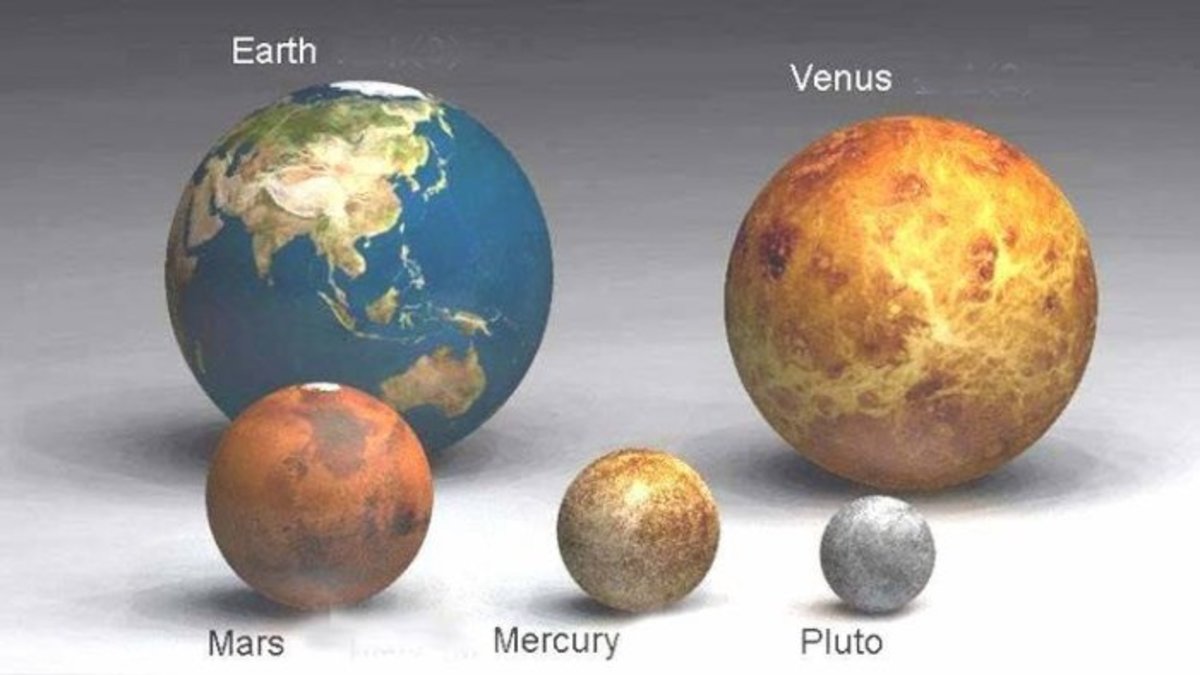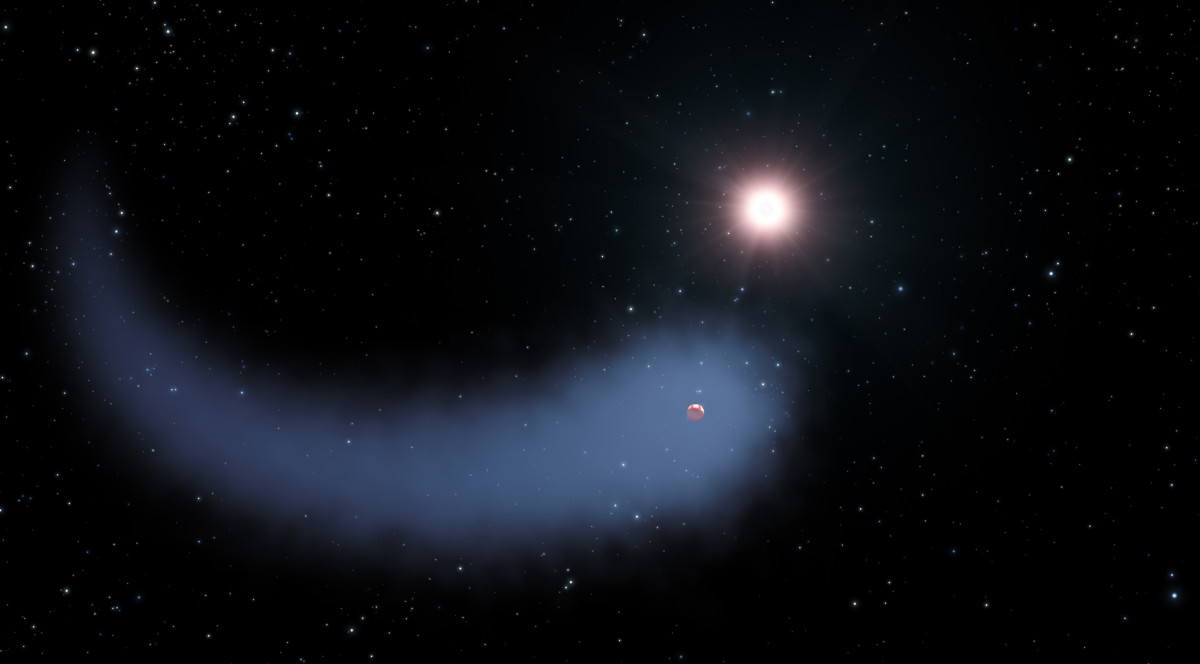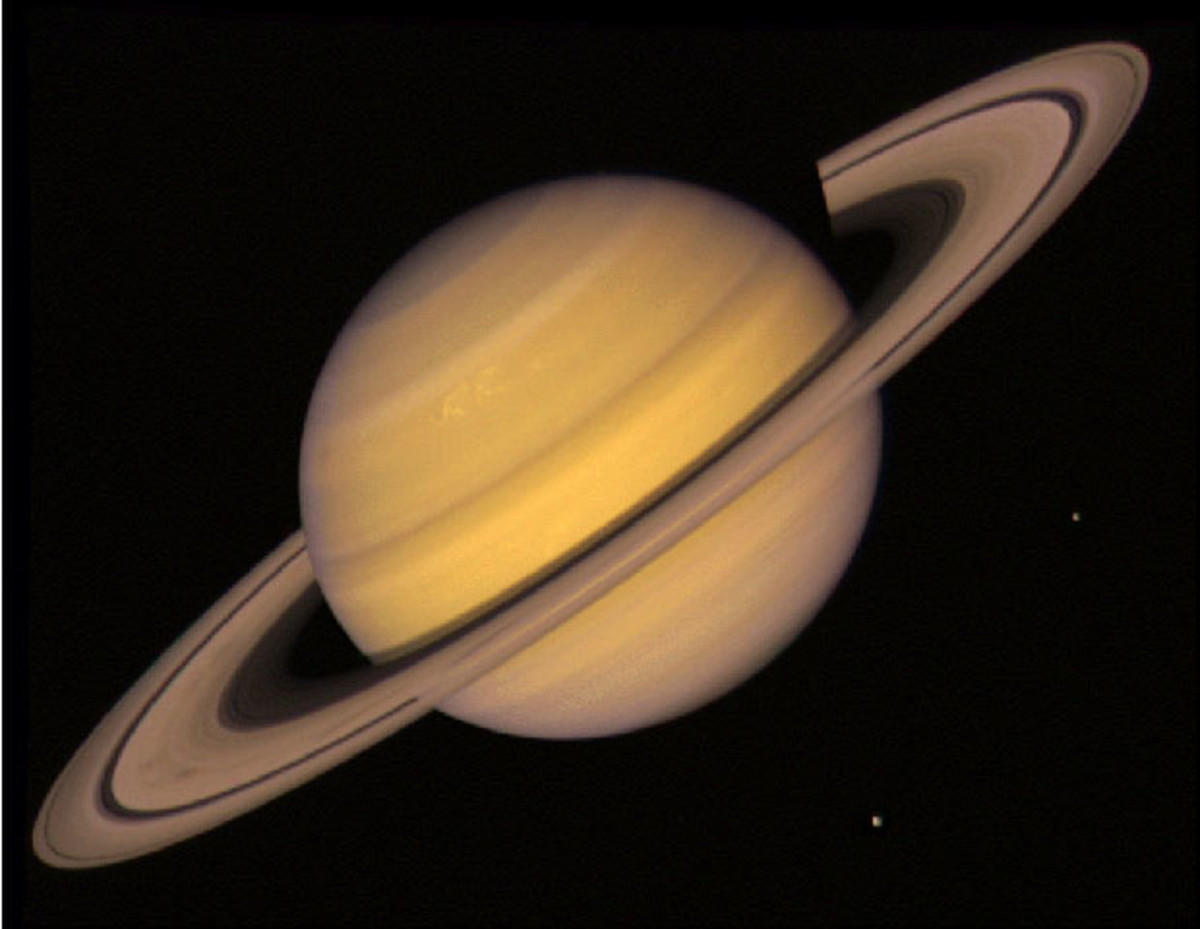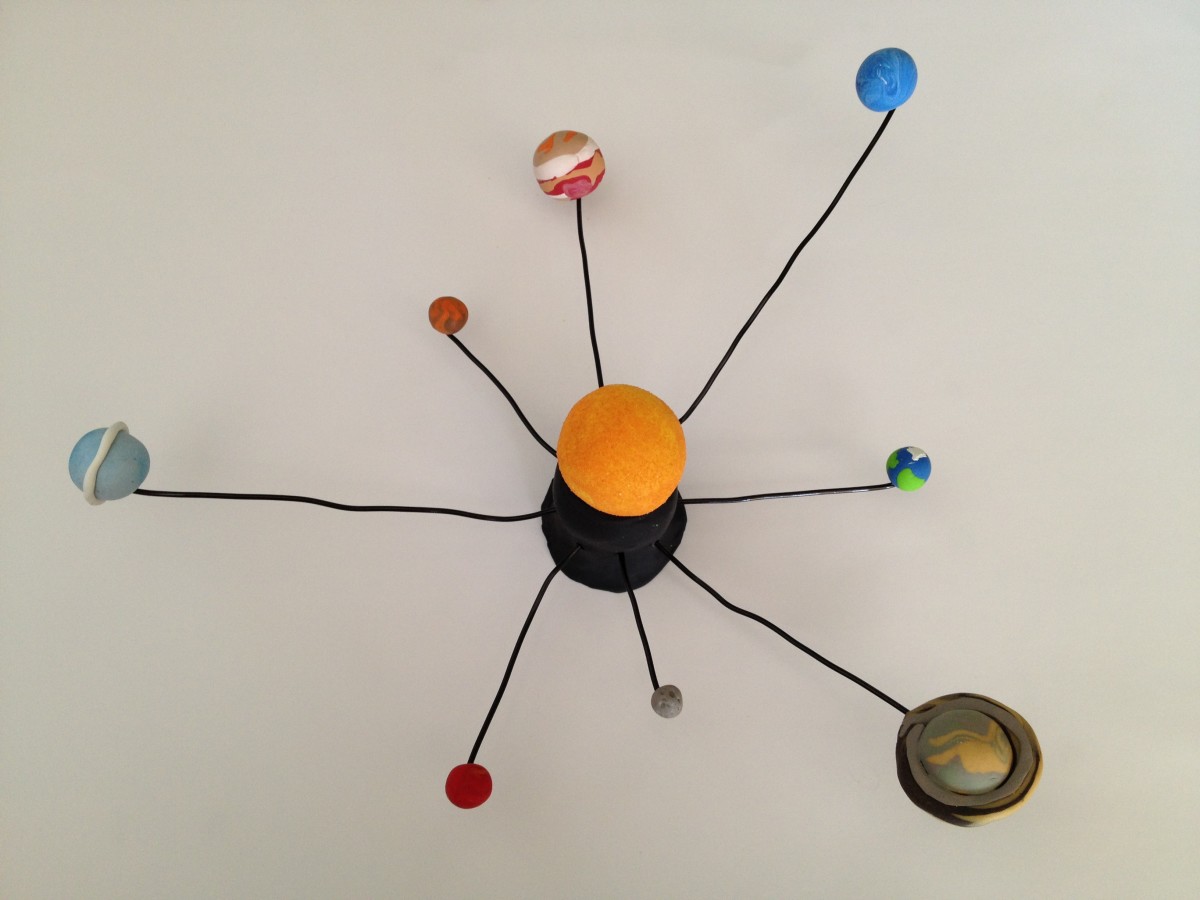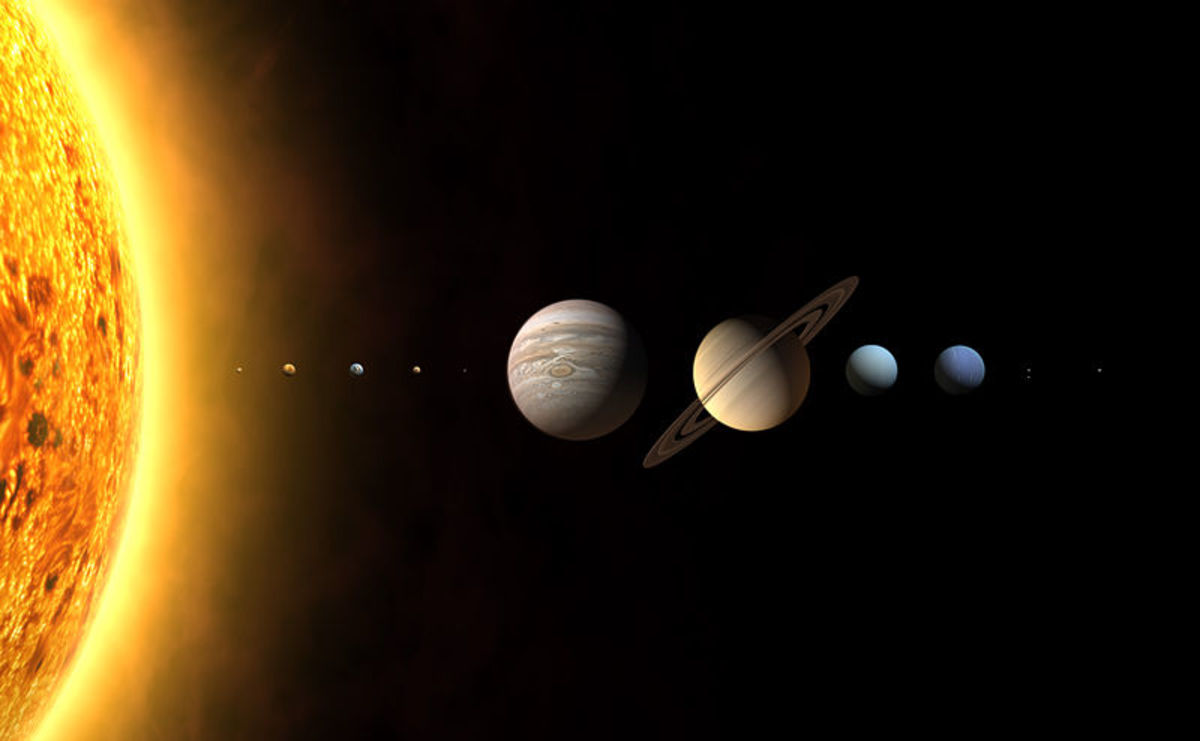Spaceship Earth, Our Neighbours, "Ceres" the One You Never Heard Of
Meet the neighbour you probably never heard of.
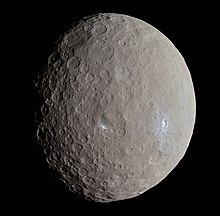
The Planets
For Astronomers, the last twenty years have been probably the most exciting and amazing in human history! They have also thrown up some of the most amazing and strangest discoveries that have left us thinking that our solar system might just be the strangest solar system that we know of, and we're just about to head off into the areas of it that make it unlike any we've found so far!
But for this hub, we're going to go back to the year 1801 and a controversy that broke out in 2006 when we started finding things in the outer solar system that Astronomers suspected were there but hadn't had proof of before. The discovery of objects we now call 'Dwarf Planets'
Ask any kid the name of the planets, and you'd probably get the names of most of the eight, but did you know that there are such things as 'Dwarf Planets'?
So far we know of at least four of them, but Astronomers suspect there might actually be hundreds of them, it's just we haven't found them yet!
Anyway, back to the story.
Back in Napoleon's time
Actually the mystery goes back a bit more than that, it goes right back to the time of Johannes Kepler and 1596!
See, by then Astronomers were starting to use their knowledge of Mathematics and celestial mechanics to work out where planets might be.
At the time, no planet beyond the orbit of Saturn had been discovered, but all those that they knew of seemed to follow a mathematical pattern, that is until you got to the distance between Mars and Jupiter!
Kepler noted that there was a gap where a planet should be, but otherwise, he was a bit busy making his own discoveries, things like his three laws of planetary motion and developing his own telescope.
Coming forward to the late eighteenth century and an Astronomer by the name of Johan Bode using a theory called the 'Titus-Bode law' (that simply said that each planet working outwards should be twice the distance from the sun as the previous. that has since been discredited proposed that there should be another planet between the orbits of Mars and Jupiter, and it should be about two hundred and fifty million miles from the sun.
William Herschel (1738-1822) had used the idea to predict how far out the planet Uranus should be, so the theory seemed to work at the time, and it indicated that there would be another planet between Mars and Jupiter.
But it was 1801 before it was found, and even then it was almost by accident.
A team of Astronomers were looking for the planet, but what they found at first was just a whole bunch of large rocks floating in space, none of which were big enough to pull themselves into spherical shape using their own gravity, but one of them realised that a few months before he might have discovered something like it, the sad part was that he didn't realise at first just what he'd found and by the time they did, it was too close to the position of the sun (actually on the other side of it, so the picture was blocked out) and they weren't sure where it would appear next.
Giuseppe Piazzi was a Catholic priest and Astronomer in Sicily working on the project, at first he thought that he'd found a comet and only really told a few other Astronomers about it, not really thinking too much about the discovery, but later in the year it became evident that what he'd discovered was more than a comet, however, he didn't know where in the sky it would be.
Piazzi sent his information to other Astronomers and it was Jérôme Lalande who worked out where it would next appear.
When is a planet not a planet?
Did you know that Pluto wasn't the first 'planet' to get a demotion? But Pluto's wasn't as brutal as Ceres' demotion!
From 1801 to about 1850 Ceres was regarded as a planet, but it was noted that there were a lot of Asteroids in the vicinity, the body hadn't cleared it's orbit of Asteroids!
There are three rules governing what we can call a planet
- It is in orbit around the sun
- The object is large enough that centrifugal force will create enough gravity for the body to pull itself into a spherical form.
- It has cleared 'the neighbourhood of its orbit.
Ceres hadn't done the third one, hence it could no longer be called a planet, but at the time we knew of no other body like it, so Ceres was demoted to the lowly category of being a huge asteroid, and it stayed in that category until 2006
2006 saw Astronomers address a situation that had been building for a few years, and that was the discovery of a whole series of celestial bodies that were big enough to have pulled themselves into spherical shape, they orbited the sun, but most of them are so far out they are well beyond the Orbit of Pluto and haven't cleared their neighbourhood of Asteroids!
That was when a new designation was created, that of the 'Dwarf Planet' and straight away six bodies were put into that category.
- Ceres, the closest to us
- Pluto the next, and not the biggest of these
- Eris is the biggest, and is 97 times the distance from the sun as the Earth is! It was discovered in 2005
- Haumea is just outside Pluto's orbit at 50 times the distance of the Earth to the sun. it was discovered in 2004
- Makemake is also just outside Pluto's orbit, at 52 times the distance of the Earth to the sun but at it's closest point it actually comes within Neptune's orbit.
- Sedna is the one that caused the problems, it was the one that forced the rethink. At a staggering 1,000 times the distance of the Earth to the sun it's the furthest celestial body we've yet seen, but Astronomers think there may actually be more bodies like it further out! Beyond Sedna is uncharted territory that Astronomers call the Oort cloud
Ceres, can it support life?
Can it support life?
That's pretty much the first question that scientists now ask themselves whenever they discover a new object in space. Can it either be supporting life now or once had life on it?
Ceres is interesting that way as some evidence of the presence of an internal 'ocean' seems to exist, it's possible that inside the body a large quantity of water may either still exist or once have existed (water, not ice!)
Organic compounds with a Carbon base have also been detected near the surface which could indicate the first building blocks towards organic chemistry, but that's still a long way from actual life.
Ceres probably never has had life on it, but it's a glimpse into what our solar system may have looked like when it first began to form.
For the first hundred years or so it was thought that Ceres was the remains of a planet that was torn apart by Jupiter's gravity and never really had the chance to form, but in 2006 a mission was launched that was to study the Asteroids (not just one but as many as the craft could visit) and the 'DAWN' spacecraft using a small Ion engine visited multiple Asteroids determining that Ceres wasn't originally from the Asteroid belt but seems to have been positioned there by Jupiter's gravity having come from much further out in the solar system.
Orion Spacecraft (Built by Boeing)
Blue Origin and what they're up to.
For the future
Man is planning to go to the stars. For some, it will be the adventure of a lifetime, and for others, they'll wonder what all the effort is for?
But we are going, and right now the first ships that take the first people to make Mars their permanent home are being built. SpaceX, Boeing, Blue Origin and many others are building them with a dream, one of not just taking people to those planets to live, but of the potential rewards that come from mining the resources to be found out there.
For example, Platinum at $50 per gram (there are 200 grams in an ounce) can be mined from an Asteroid not far from earth that has five trillion dollars (US) worth of the stuff on one Asteroid!
By the way that's an Asteroid between Earth and Mars!
As our population here on Earth grows and we will soon need to look at what we are to do with the growing population, one solution that to me seems the best is to explore the stars and find the destiny that awaits us out there.


